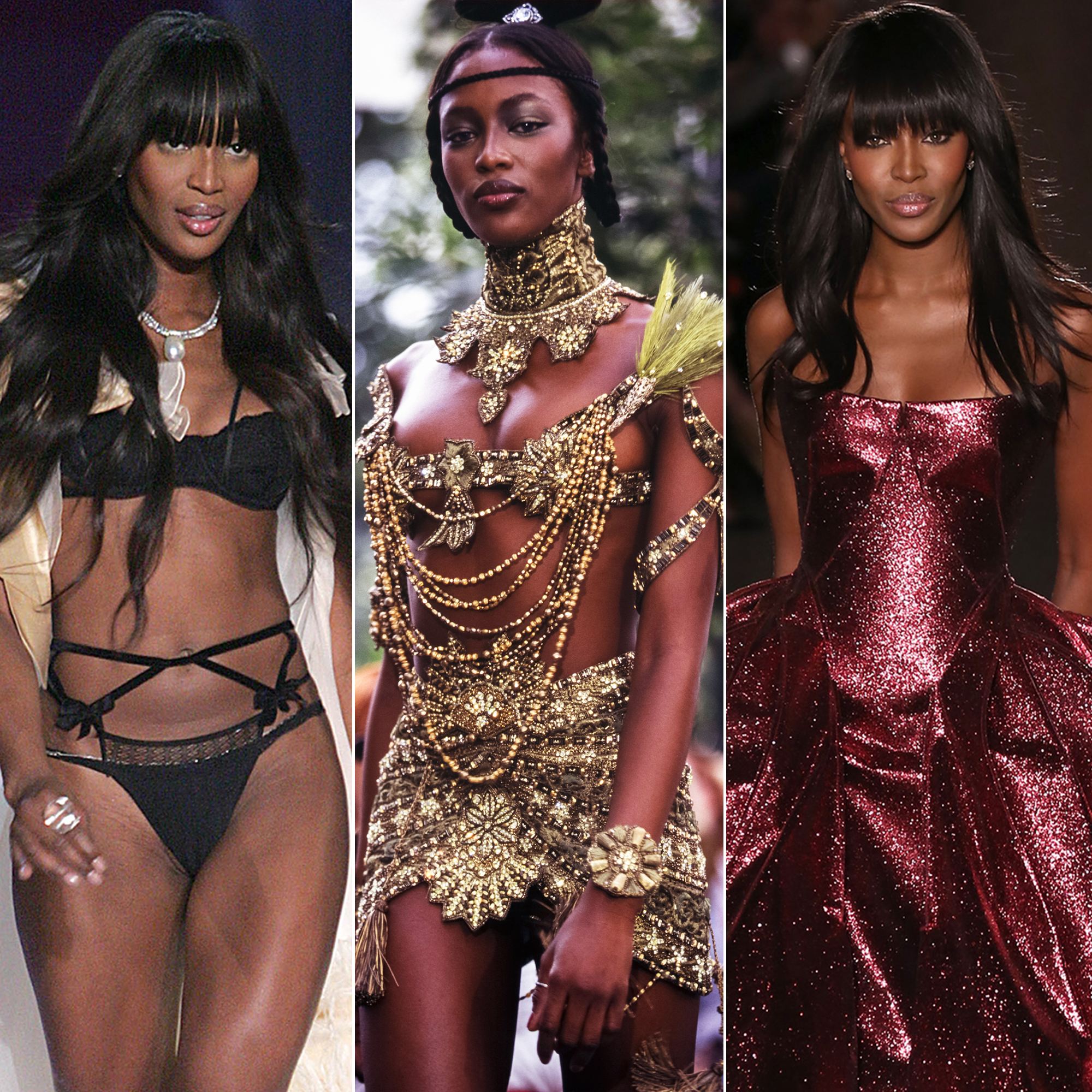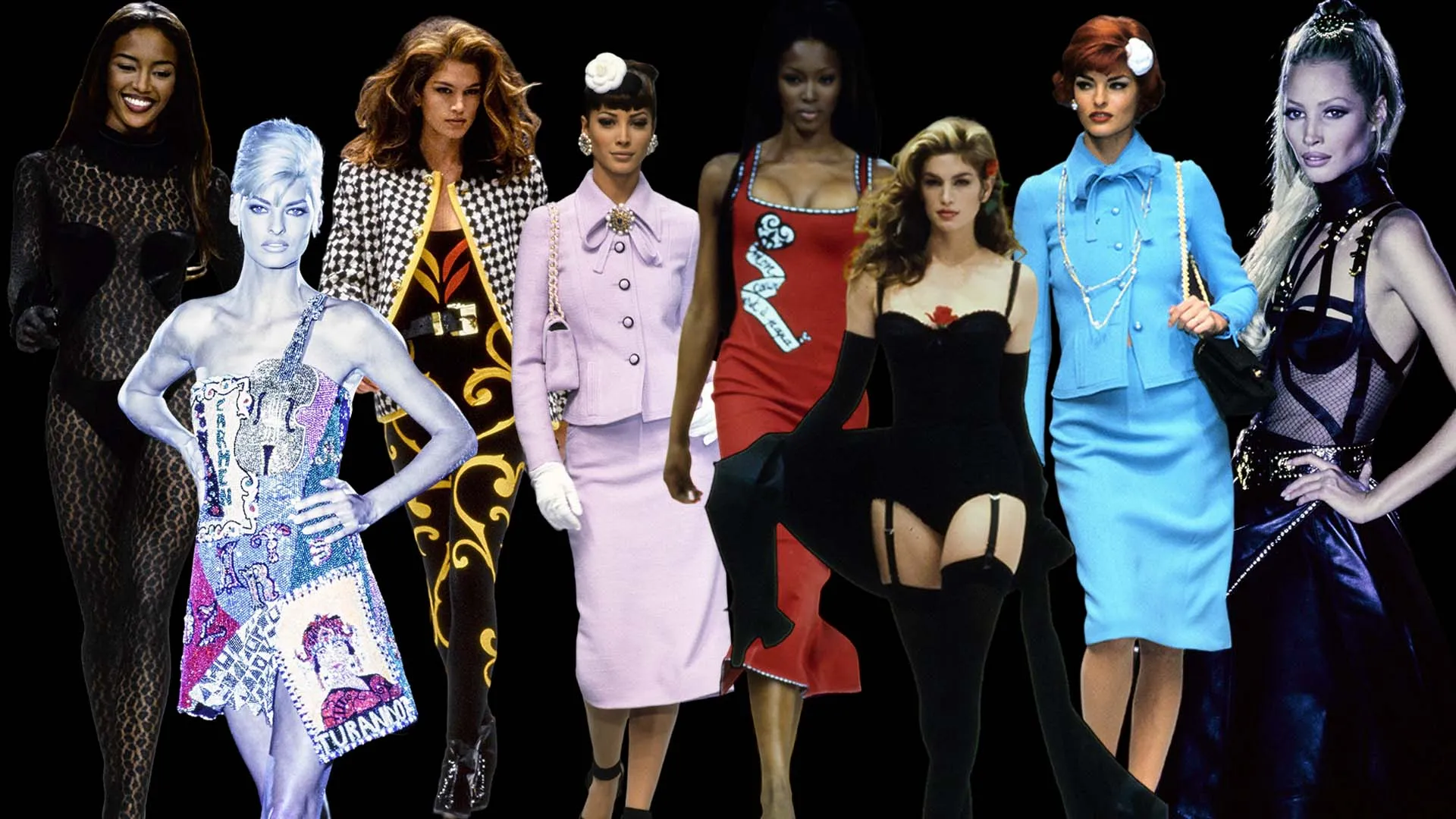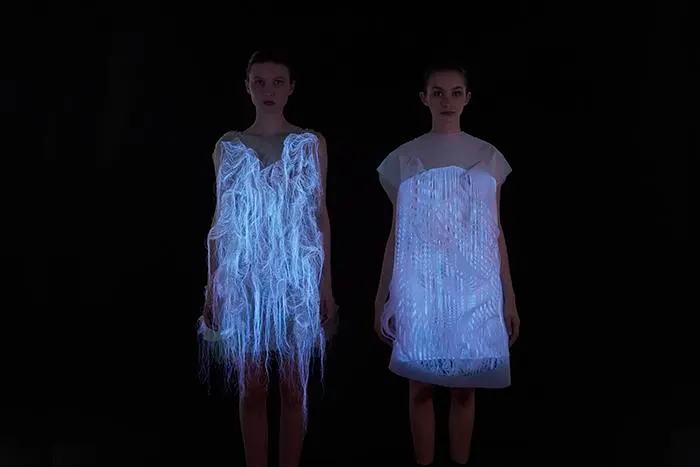Supermodels are the epitome of beauty, fashion, and cultural influence. Over the decades, certain individuals have stood out, leaving an indelible mark on the fashion industry and popular culture. Here, we explore some of the most iconic supermodels who have defined and redefined what it means to be a supermodel.
1. Naomi Campbell

Career Highlights:
- Debut: Naomi Campbell was discovered at the age of 15 and quickly rose to prominence.
- Achievements: She was the first black model to appear on the cover of French Vogue and Time magazine.
- Influence: Known for her fierce walk and stunning presence, Campbell has been a trailblazer for diversity in the fashion industry.
Impact:
Naomi Campbell is more than a supermodel; she is a global icon. Her career spans over three decades, and she remains a powerful figure in fashion and philanthropy.
2. Cindy Crawford

Career Highlights:
- Debut: Cindy Crawford began modeling in the mid-1980s and became one of the most recognized faces in the world.
- Achievements: She graced the cover of over 500 magazines and became a household name with her beauty mark and all-American appeal.
- Influence: Crawford’s business acumen led her to launch successful ventures in fitness and skincare.
Impact:
Cindy Crawford’s blend of beauty and business savvy has made her a lasting figure in the industry. She continues to inspire new generations of models and entrepreneurs.
3. Gisele Bündchen

Career Highlights:
- Debut: Gisele Bündchen was discovered in Brazil and quickly became one of the highest-earning models.
- Achievements: She has appeared on over 1,200 magazine covers and was a Victoria’s Secret Angel from 2000 to 2007.
- Influence: Bündchen is credited with ending the “heroin chic” era and bringing back the healthy, athletic look to modeling.
Impact:
Gisele Bündchen’s impact on fashion and environmental activism is profound. She has used her platform to advocate for sustainability and environmental causes.
4. Kate Moss
:max_bytes(150000):strip_icc():focal(599x0:601x2)/kate-moss-chanel-90s-eaf8733d7ed5470d97ddd0c25095e137.jpg)
Career Highlights:
- Debut: Kate Moss was discovered at the age of 14 and became famous for her waifish figure and edgy style.
- Achievements: She has been the face of major brands like Calvin Klein, Chanel, and Burberry.
- Influence: Moss defined the “heroin chic” look of the 1990s and has remained a fashion icon for her versatility and longevity.
Impact:
Kate Moss’s influence extends beyond fashion; she is a cultural phenomenon. Her ability to reinvent herself has kept her relevant in an ever-changing industry.
5. Tyra Banks
:max_bytes(150000):strip_icc():focal(603x121:605x123)/tyra-banks-1205-876a03ee491f4bcc900eafc4574c1025.jpg)
Career Highlights:
- Debut: Tyra Banks began her career in high fashion before transitioning to becoming a Victoria’s Secret Angel.
- Achievements: She was the first African-American woman to appear on the covers of GQ and the Sports Illustrated Swimsuit Issue.
- Influence: Banks is also known for creating and hosting “America’s Next Top Model,” which has had a significant impact on the modeling industry.
Impact:
Tyra Banks has broken barriers and opened doors for many aspiring models. Her work in television and business has made her a multifaceted icon.
6. Claudia Schiffer

Career Highlights:
- Debut: Claudia Schiffer was discovered in a nightclub in Düsseldorf and became one of the most successful models of the 1990s.
- Achievements: She has appeared on over 1,000 magazine covers and was a muse for designers like Karl Lagerfeld.
- Influence: Schiffer’s classic beauty and professionalism set a high standard in the industry.
Impact:
Claudia Schiffer remains a benchmark for success in modeling. Her career has inspired countless models and her legacy continues through various fashion and beauty ventures.
Conclusion
The supermodels listed above have not only defined beauty standards but have also used their platforms to influence culture, fashion, and social issues. They are more than just faces on magazine covers; they are pioneers, businesswomen, and philanthropists who continue to shape the world in significant ways. These supermodels exemplify the blend of beauty, talent, and influence that makes them timeless icons.

